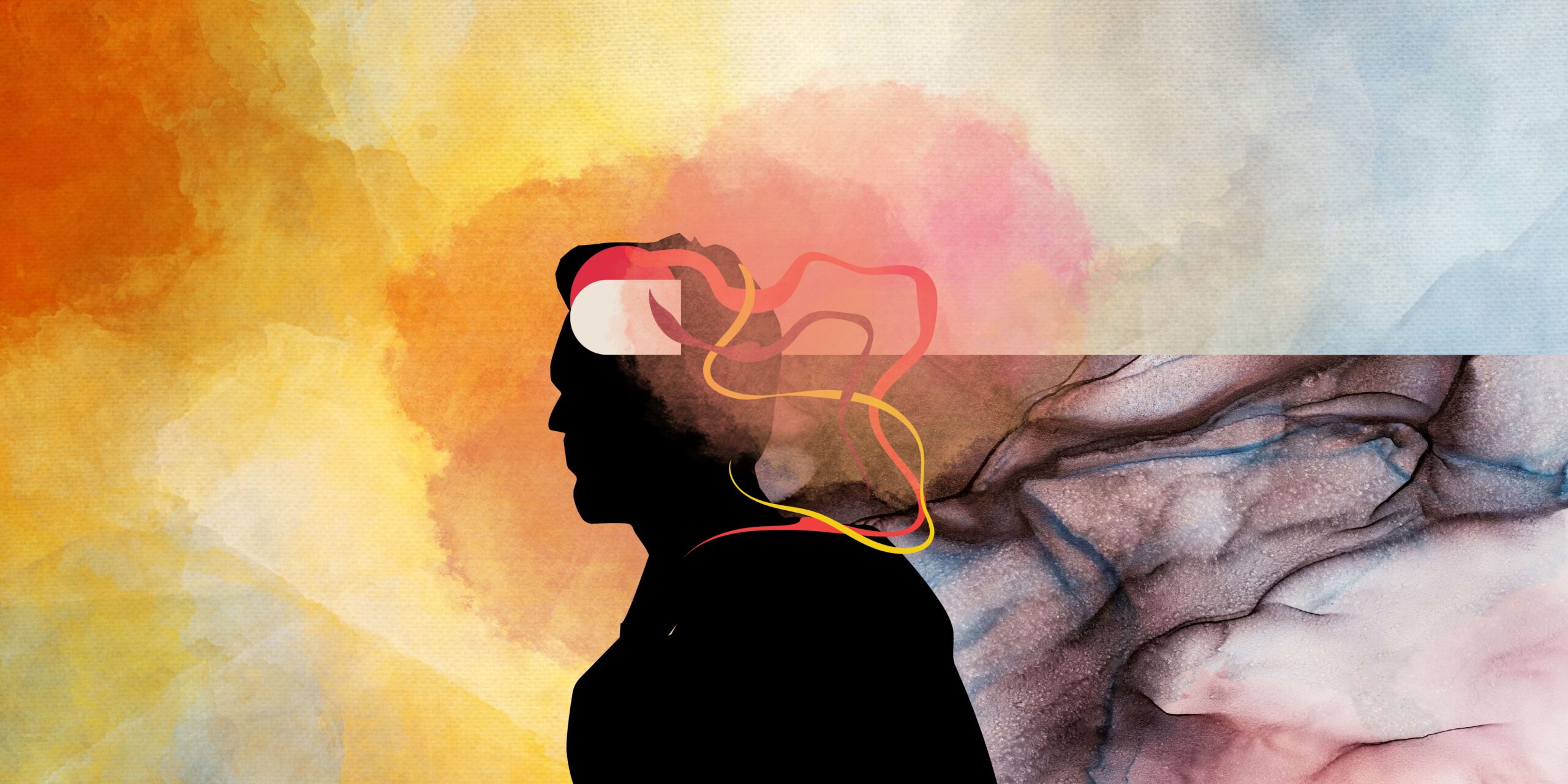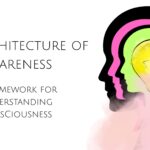Psychopathy is a fascinating personality characteristic. It has interested both popular and scientific inquiry. It has also inspired fictional characterizations as in Hannibal Lector and Dexter.
On the other hand, psychopathy has been a well-researched area of psychology and psychiatry. Recently, psychopathy has received significant attention as a personality trait of the Dark Tetrad. The Dark Tetrad features other controversial traits such as narcissism, machiavellianism and sadism.
In this article, I will attempt to introduce you to the concept of psychopathy alone.
Let’s begin by first defining what psychopathy is.
Defining Psychopathy
In 1941, Cleckley wrote about 15 men and women he thought were psychopaths. By this he meant people who seemed normal, smart, and capable but were clearly troubled. Cleckley said that these people wore “masks of sanity” because they seemed normal but were – according to him – clearly “insane.”
A general theory of antisocial behavior and involvement with the criminal justice system says that people with behavior problems have
- Trouble controlling their instinctive or emotional responses in favor of more socially appropriate ones
- A lot of negative affect, especially emotions like anger and hostility
- Irritability as seen in emotions like anxiety and depression
- Have a hard time controlling their negative affect and negative affect often interact in a dynamic way.
People whose behavior patterns are dominated by both low control and high negative affect are not only more likely to have behavior problems, but they are also more likely to make other people feel bad. These patterns are most noticeable in people who have a high psychopathy level.
Having understood what psychopathy is, it is important to understand the types of psychopathy.
Let’s take a look at the typology now!
Types of Psychopathy
Psychopathy has received much research attention. Robert Hare in particular is to thank for the typology of the two factors of psychopathy. I briefly describe the two concepts below.
Factor 1 Psychopathy
People with psychopathy are different from their peers with chaotic behavior problems because they don’t care about other people, don’t have empathy, and treat others badly. This group of social and emotional traits is covered by Factor 1 of Hare’s Psychopathy Checklist – Revised (PCL-R). It is different from the second factor (Factor 2) that covers a wider range of antisocial behaviors and lifestyle factors that are also common in people with disruptive behavior disorders.
Factor 1 is most closely linked to the main psychological traits of psychopathy as described by Cleckley. A Factor 1 psychopath is dominant in social situations and not anxious a lot. Moreover, the subject’s social class and the quality of his training don’t have much of an effect on Factor 1.
Factor 2 Psychopathy
Both of these factors of psychopathy are very similar to each other.
But there is a difference in how the two ideas are conceptualized. Factor 2 psychopathy is very similar to antisocial personality disorder and fits with the idea that psychopaths are violent, careless, and rude from a very young age.
One’s socioeconomic status and a troubled childhood have a big effect on Factor 2 psychopathy.
While the two factors of psychopathy are differentiated conceptually, the following types are differentiated clinically.
Further Classification
Clinical Psychopathy
When someone has clinical psychopathy, they act, feel, and think in ways that aren’t “normal.” This pattern affects many areas of their life, such as work, family, and social interactions. The person is a severely psychologically-impaired worker, lover, parent, and friend who consistently fails to function. The vast majority of the time, they are unable to live with other people and end up in prisons or mental hospitals.
Quite fortunately, the base rate for clinical psychopathy is very low—probably less than 1% of the population as a whole.
Subclinical Psychopathy
The distinction between clinical and subclinical psychopathy is not in the types or groups of behavior, emotions, social interactions, or explanations. Rather, it is in the strength, size, or frequency of those actions and thoughts.
People who are subclinical psychopaths have the same patterns of disordered behaviors, emotions, and thoughts. However, their levels of impairment and pervasiveness are not as high because they show signs at a lower level and rate. So, an individual who has subclinical psychopathy might be lax about social norms. But they will not usually engage in aggressive or antisocial behaviors in situations where there is a higher chance of being caught.
Now that we have covered the major sub-types of psychopathy, we can begin to understand how a psychopath ‘develops.’
The Development of Psychopathy in Life
Psychopathic traits, like other personality traits, may not stay the same throughout childhood.
However, a large amount of research now shows that they are linked to a higher likelihood of continuing to be negative and showing psychopathic behavior as an adult. When put together, uncaring, insensitive, interpersonal, and reckless traits make the risk of persistently bad behavior in kids and teens much higher.
Kids who act out and have callous and unemotional (CU) traits don’t seem to feel pity or guilt when they act out. They often act unreasonably aggressively. They also don’t seem to be able to be punished, and don’t seem to have the affiliative wants and goals that normal children do.
If a child has disruptive behaviors or CU traits, they are less likely to notice, react to, and understand affective cues like other people’s sad or scared facial expressions. They are also less likely to show empathy toward others, pay attention to the eyes of attachment figures less, and adjust less well to changes in reward and punishment situations.
Also, major parts of the brain seem to play a role in showing this low emotional response to things that make us scared. A group of researchers looked at fear conditioning in boys who had been in trouble with the law before. They found that CU traits were linked to lower activity in the anterior cingulate cortex during fear conditioning.
Another group of scientists discovered that fear stimuli did not normally activate the amygdala in kids with disruptive behaviors and CU traits when attentional load was low. In healthy volunteers, fear stimuli normally activate the amygdala.
Researchers have also found that kids with disruptive behaviors and high amounts of CU traits have less activity and different connections in a network of brain areas that are normally linked to feeling other people’s pain.
Conclusion
Psychopathy is a large but specific concept. It involves callous and unemotional traits. It also involves an impaired experience of empathy. Moreover, individuals who are psychopathic do not have ‘happy’ lives in general. In fact, they pose a risk – not just to others but to themselves as well.
Thus, if you believe that you can relate to some of the aspects that are described above, it is recommended to see a clinician.
The current research on psychopathy is ongoing. While there still are not sure-fire biological markers, scientists are swiftly moving towards the underlying causes of psychopathy.
Suffice to say, psychopathy exists in a social context. The more we uncover it, the better will the outcomes be for those who suffer from it.
I am a Clinical Psychologist and a Lecturer of Psychology at Government College, Renala Khurd. Currently, I teach undergraduate students in the morning and practice psychotherapy later in the day. On the side, I conjointly run Psychologus and write regularly on topics related to psychology, business and philosophy. I enjoy practicing and provide consultation for mental disorders, organizational problems, social issues and marketing strategies.





